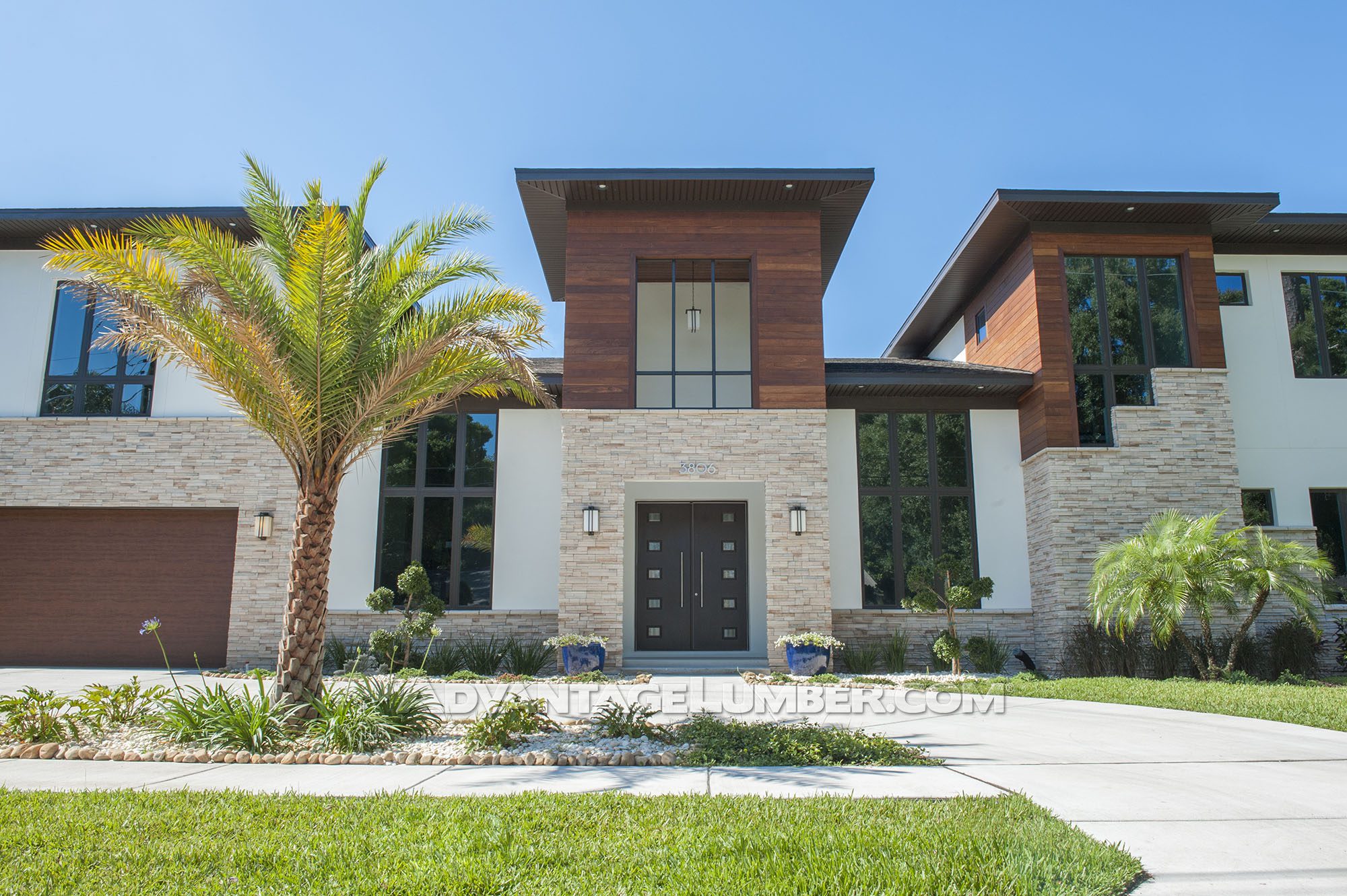When it comes to choosing the right material for siding, wood has always been a popular choice for its natural beauty, durability, and versatility. With so many options available, it can be challenging to decide which type of wood is best for your project.
In this blog post, we’ll explore nine of the best types of wood for siding, each with its unique characteristics and advantages.
1. Ipe (Brazilian Walnut)
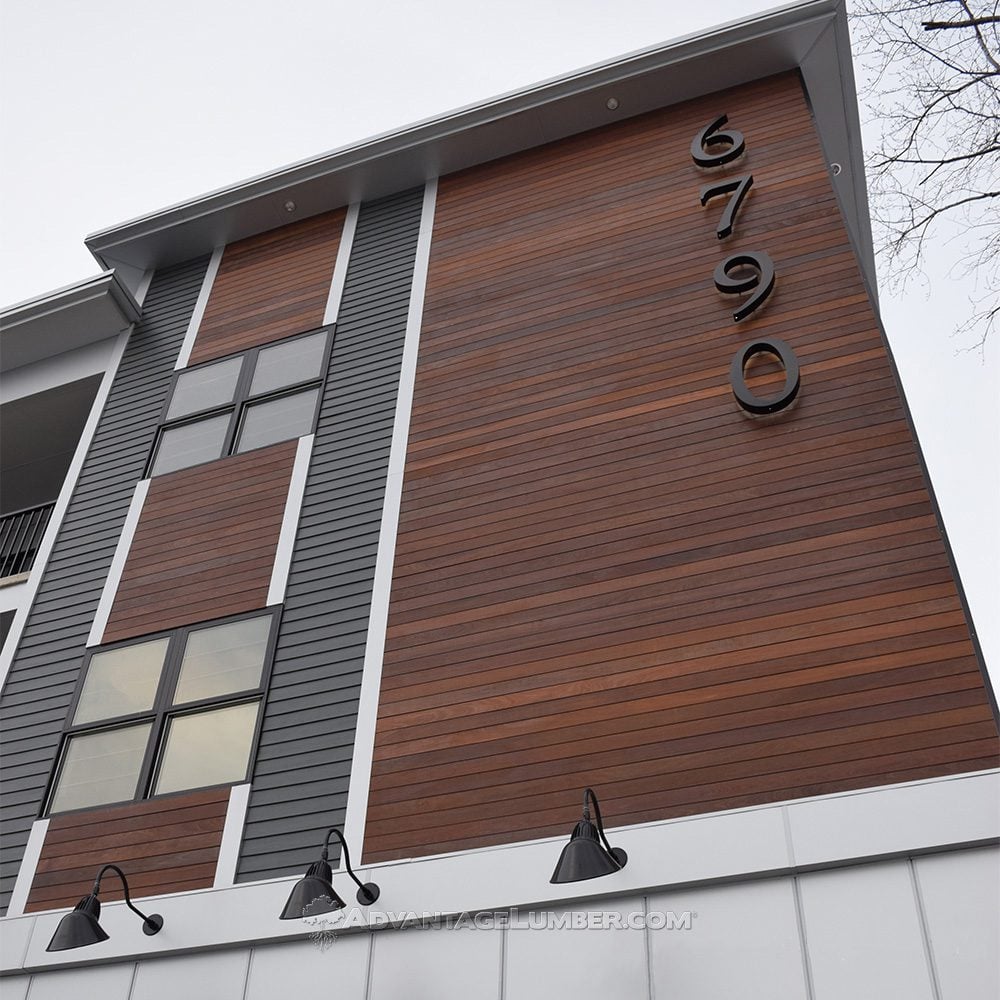
Ipe, also known as Brazilian Walnut, is a top choice for siding due to its incredible durability and resistance to rot, insects, and weathering. Its rich, dark brown color, which can range to olive or blackish tones, adds a touch of elegance to any exterior. Ipe is also known for its hardness and density, making it an excellent option for areas with harsh weather conditions.
2. Teak
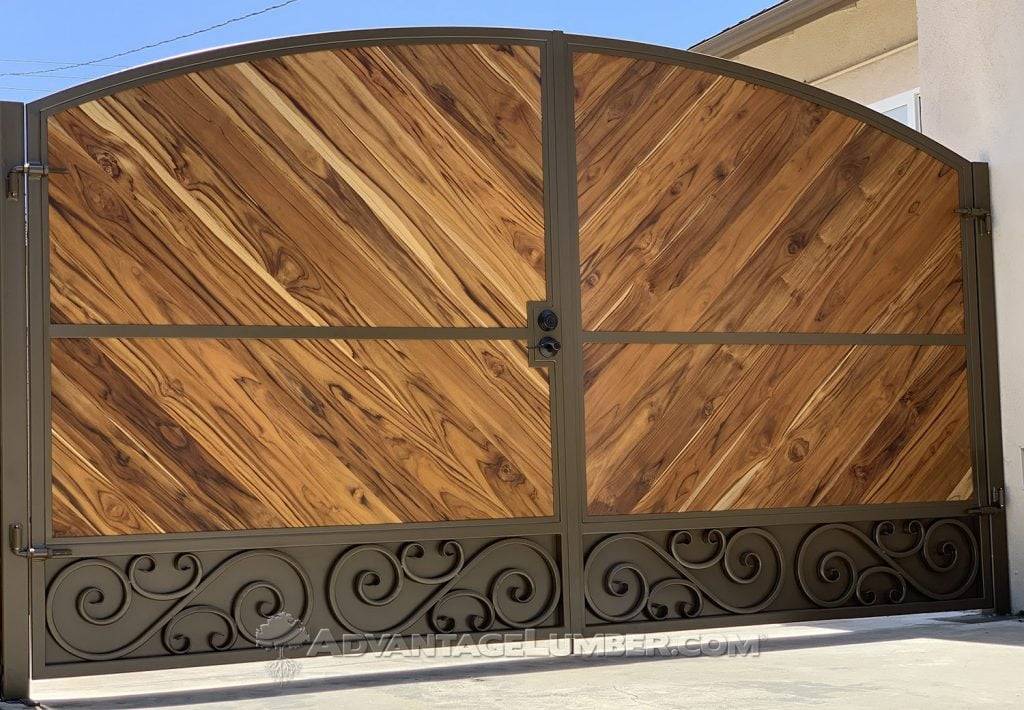
Teak is renowned for its exceptional durability and resistance to moisture, insects, and decay. Its golden-brown color and straight grain pattern make it a visually appealing choice for siding. Teak’s natural oils provide added protection against the elements, making it a low-maintenance option for homeowners.
3. Cumaru (Brazilian Teak)
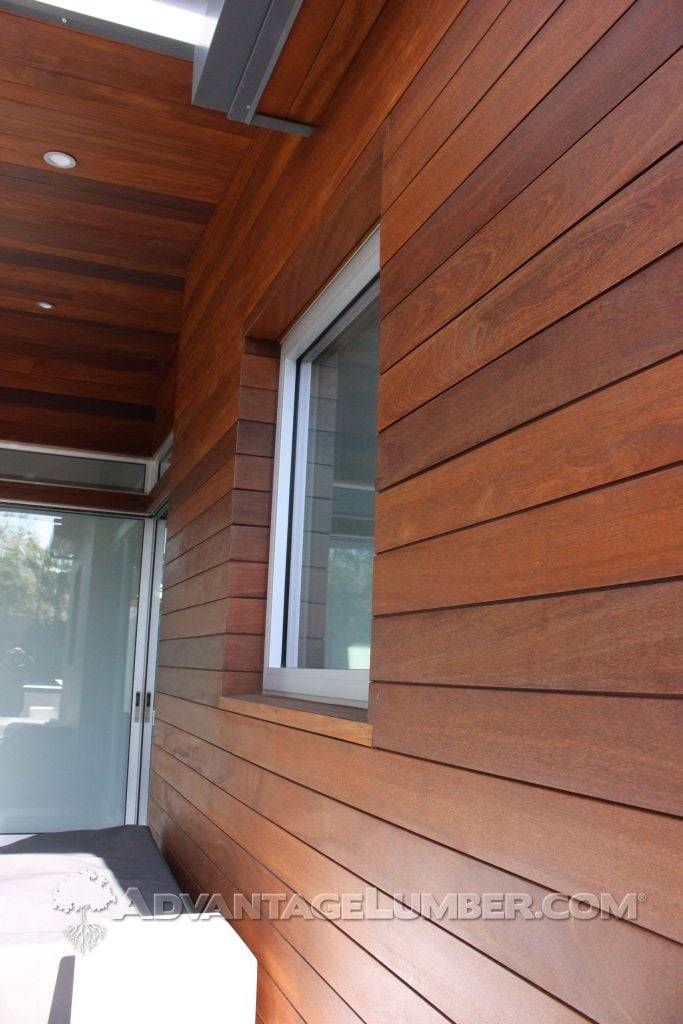
Cumaru, often referred to as Brazilian Teak, is another excellent choice for siding. It boasts a similar level of durability and resistance to rot and insects as Ipe. Cumaru’s color ranges from a warm golden-brown to reddish-brown, with an attractive, interlocked grain pattern. Its natural resistance to weathering makes it ideal for outdoor use.
4. Brazilian Redwood (Massaranduba)
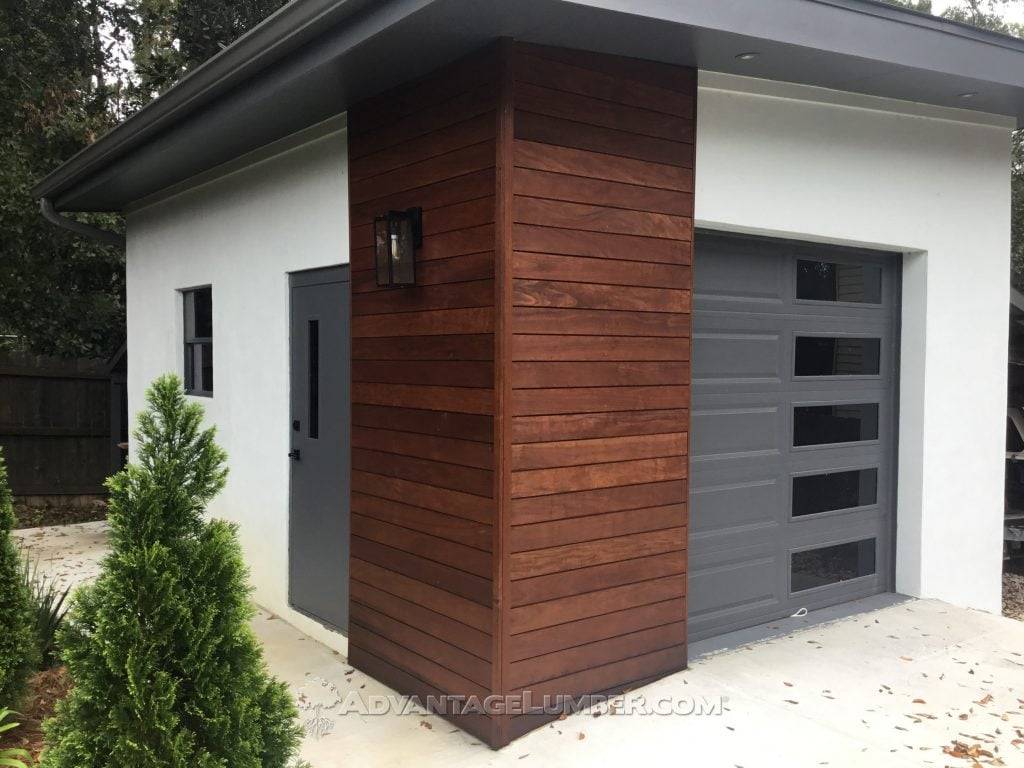
Brazilian Redwood, or Massaranduba, is known for its strength, density, and resistance to decay and insects. Its rich red-brown color adds warmth and beauty to any exterior. Like Ipe and Cumaru, Brazilian Redwood is an excellent choice for areas with challenging weather conditions.
5. Tigerwood
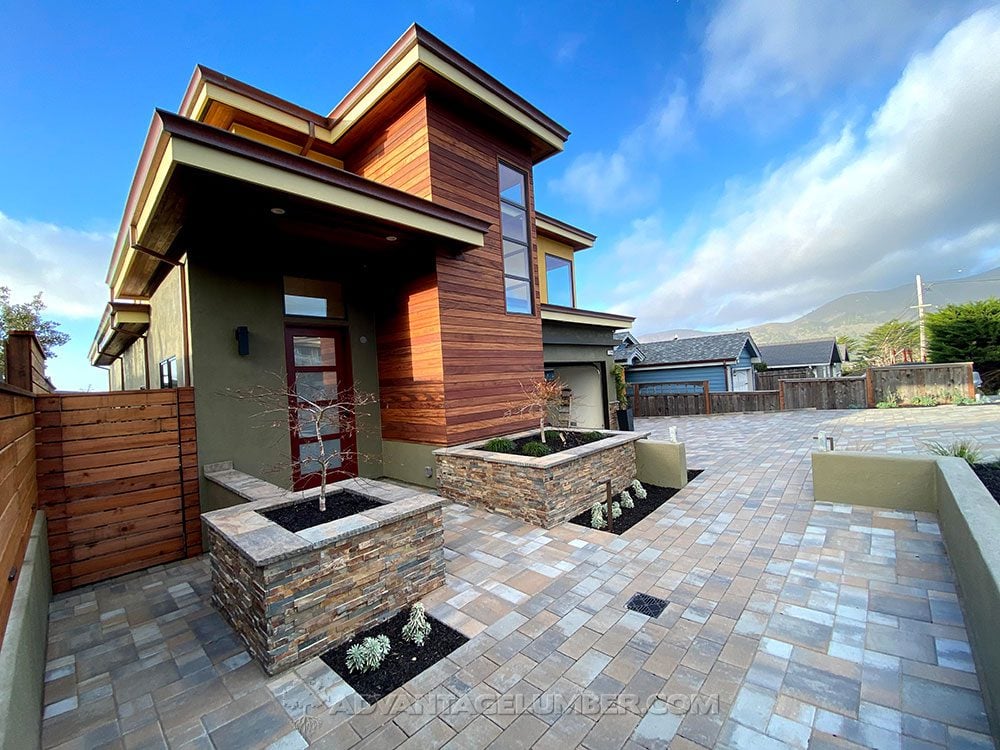
Tigerwood is a striking option for siding, known for its distinctive grain pattern that resembles tiger stripes. It has a reddish-brown color with dark streaks and is highly resistant to rot and insects. Tigerwood’s unique appearance and durability make it a popular choice for those looking to make a bold statement.
6. Garapa (Brazilian Ash)

Garapa, also known as Brazilian Ash, is a lighter-colored wood with a golden to honey-toned hue. It’s a durable and stable option, resistant to rot, decay, and insects. Garapa’s natural beauty and resistance to weathering make it an excellent choice for siding, especially for those seeking a lighter aesthetic.
7. Mahogany
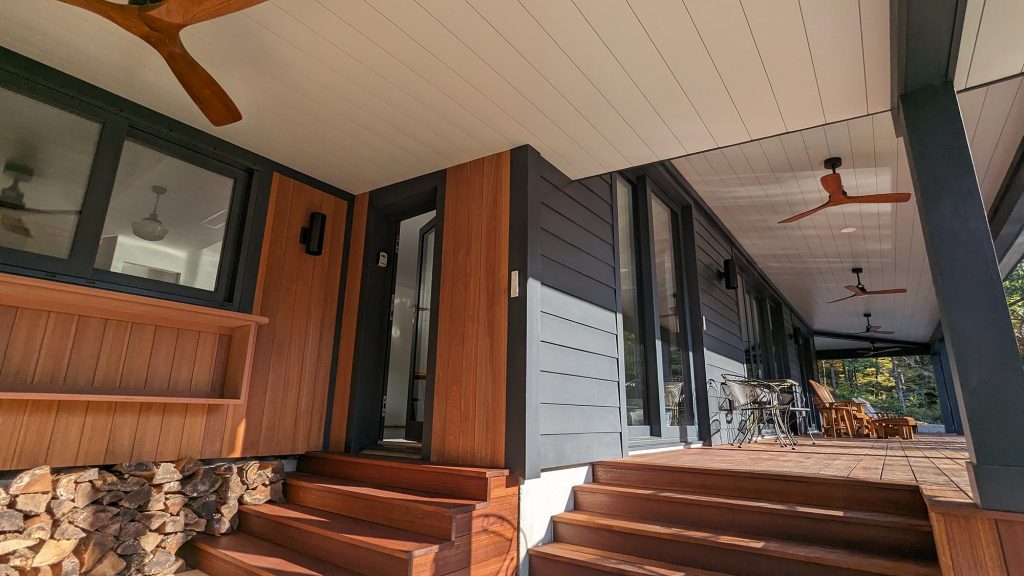
Mahogany is a classic choice for siding, known for its rich color, ranging from pinkish to reddish-brown, and its fine grain pattern. It’s a durable and stable wood, resistant to rot and decay. Mahogany’s timeless elegance makes it a favorite among homeowners looking for a traditional and sophisticated look.
8. Golden Mahogany
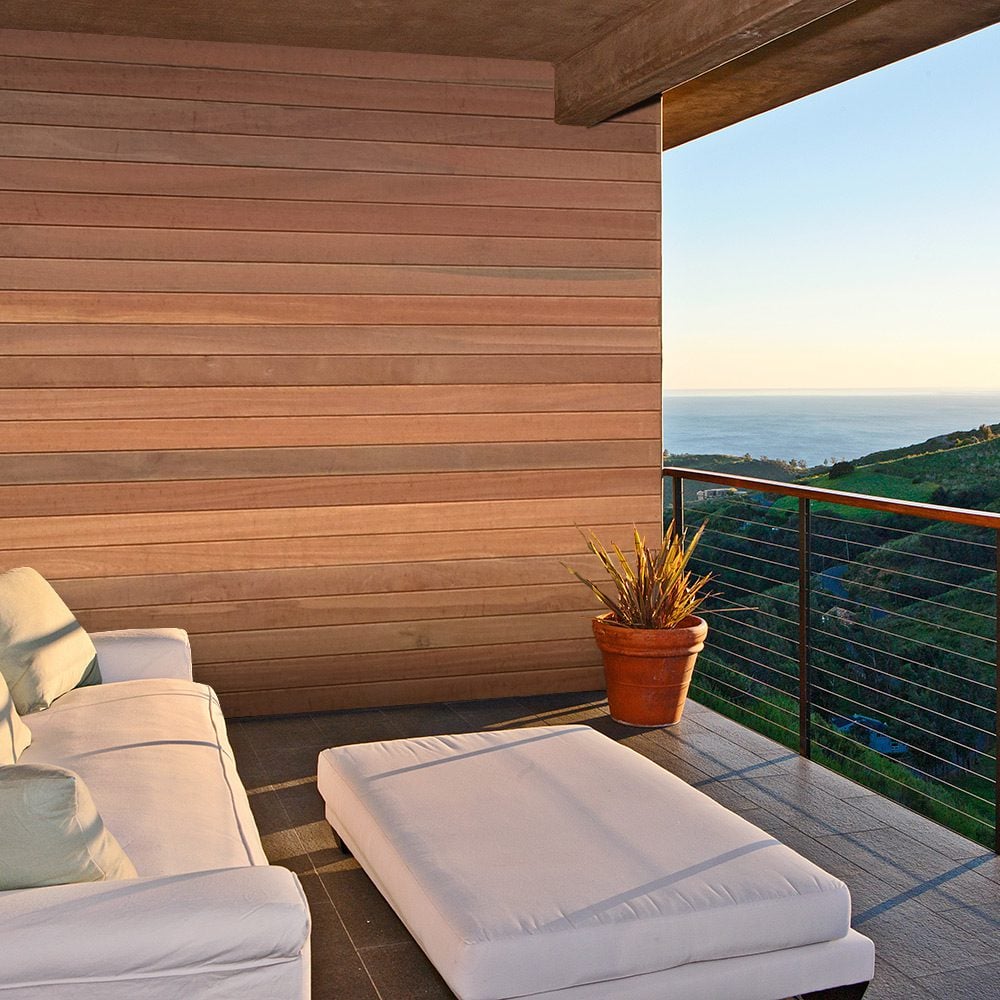
Golden Mahogany is a variant of mahogany with a lighter, golden-brown color. It shares the same durability and resistance to rot and decay as traditional mahogany. Golden Mahogany’s unique color and grain pattern make it an attractive option for those seeking a warm and inviting exterior.
9. Thermally Modified Ash & Pine
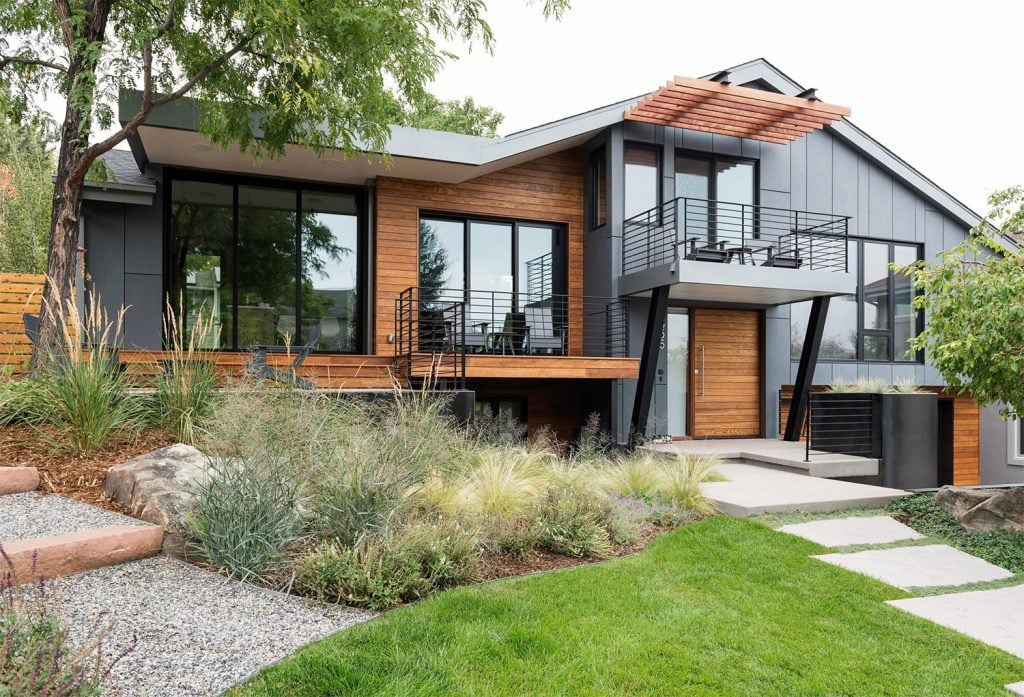
Thermally modified ash and pine are treated through a heat process that enhances their durability and stability. This process makes the wood more resistant to rot, decay, and insects, while also reducing its tendency to warp and swell. The thermal modification gives the wood a darker, rich color, making it an attractive and low-maintenance option for siding.
Conclusion
Choosing the right type of wood for your siding is crucial for both aesthetic and functional purposes. Each of these nine types of wood offers unique advantages, from durability and resistance to weathering to distinctive colors and grain patterns. When selecting wood for your siding project, consider the climate, maintenance requirements, and the overall look you wish to achieve. With the right choice, your wood siding can provide lasting beauty and protection for your home.
